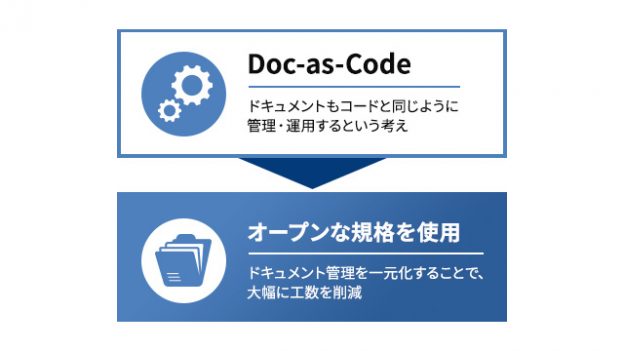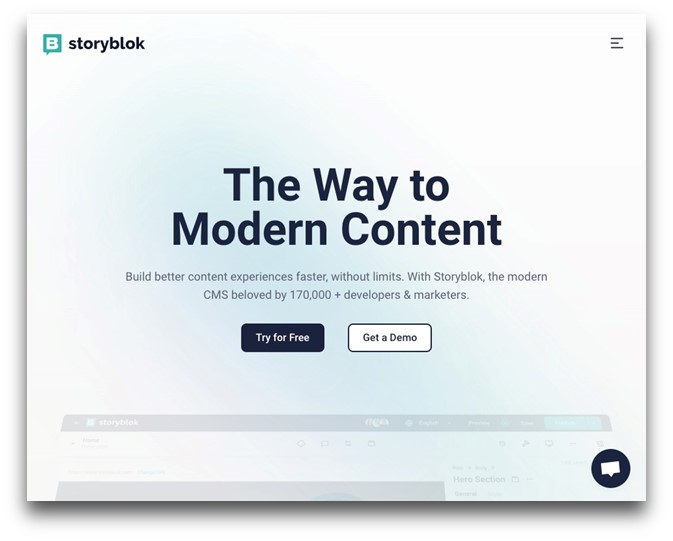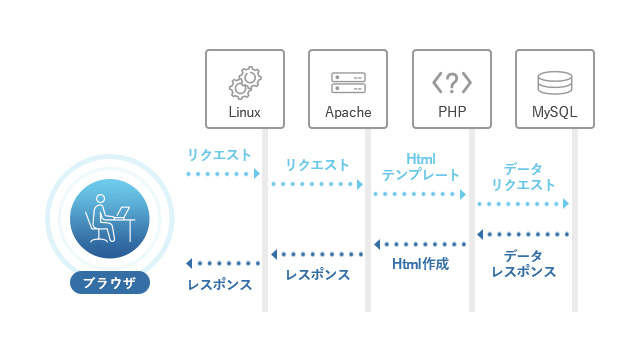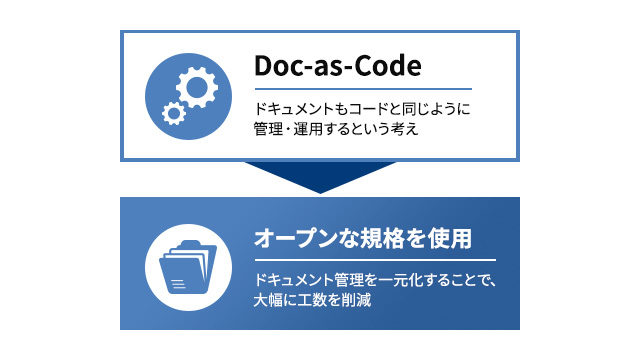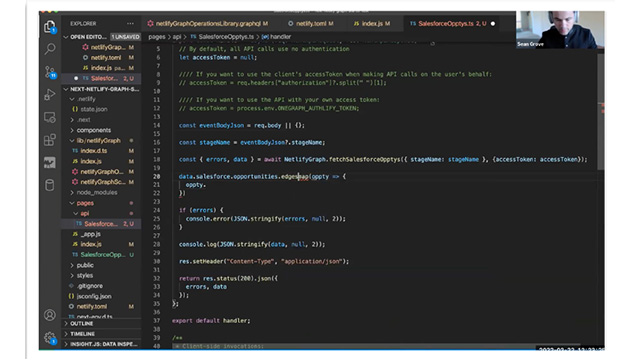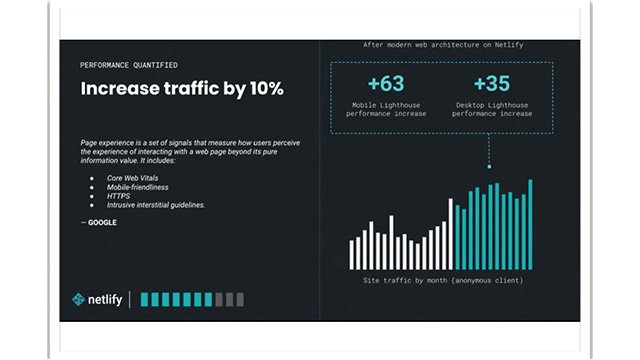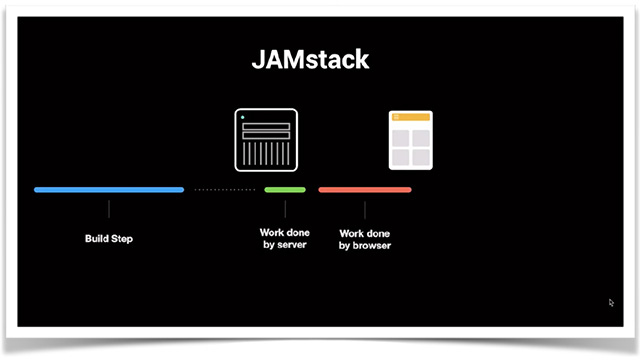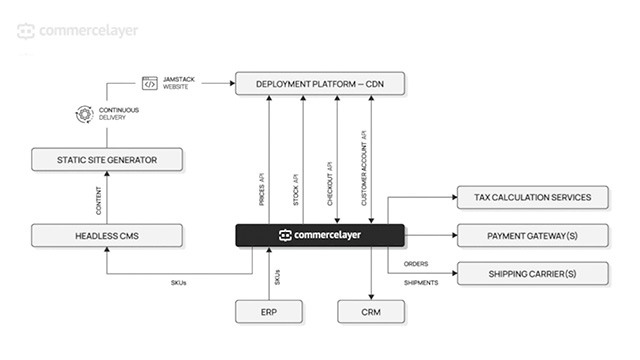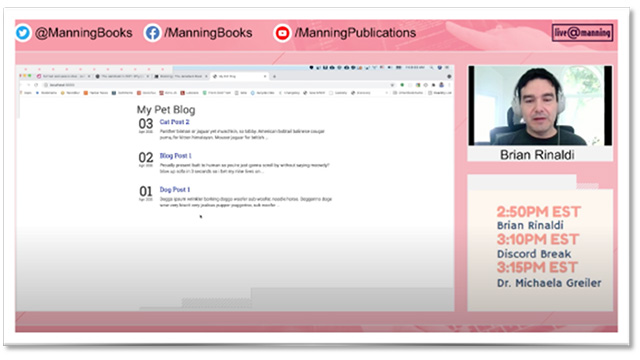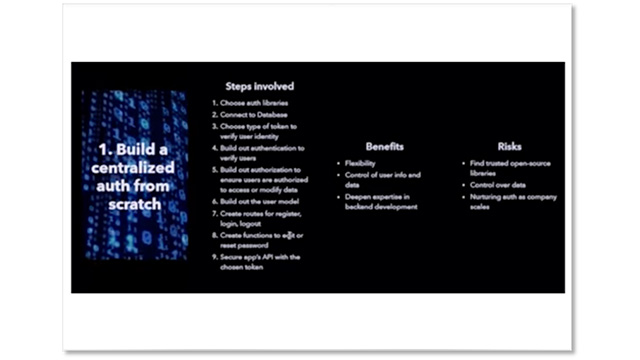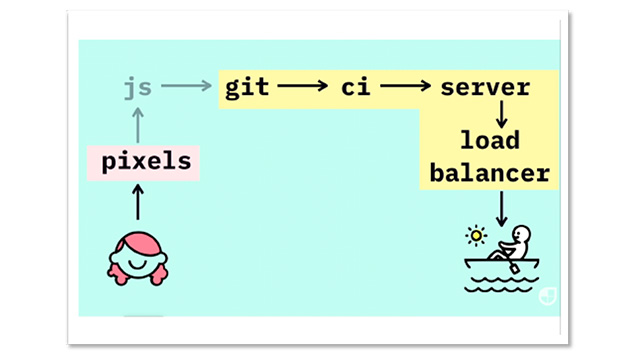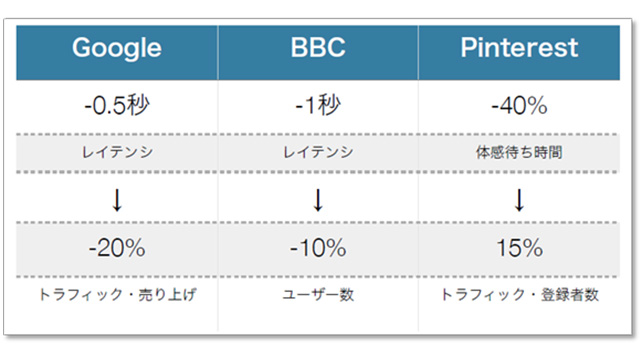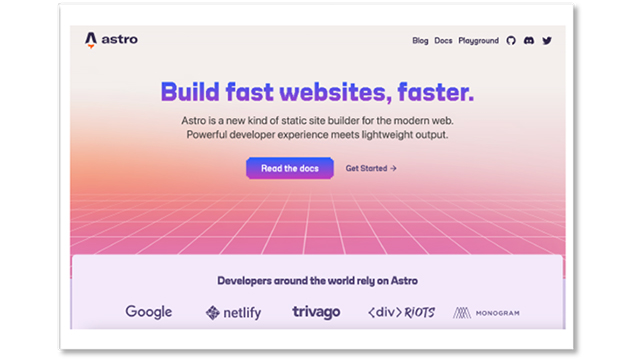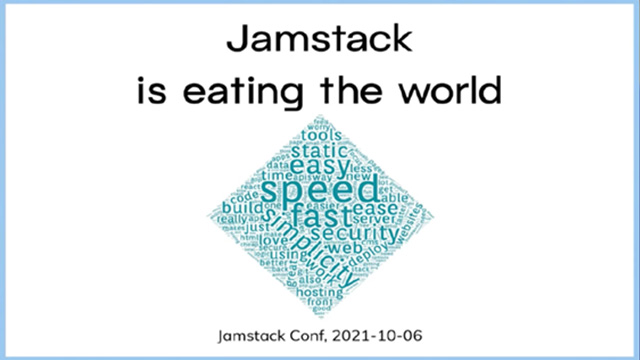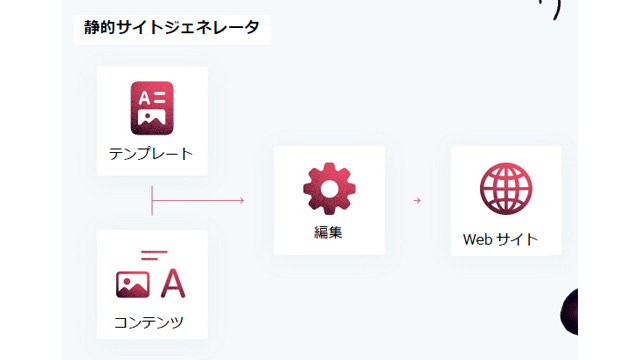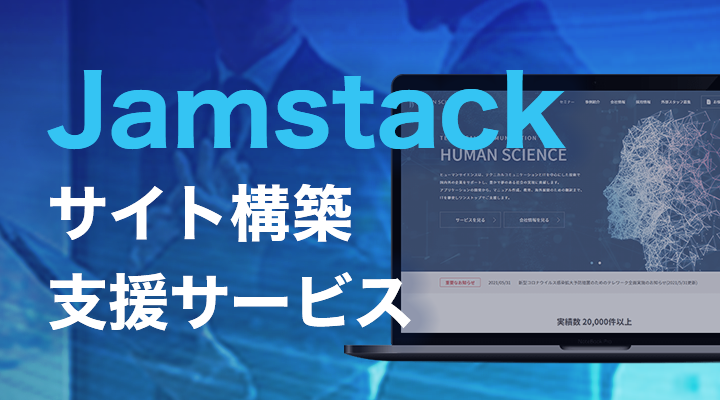Hello everyone, nice to meet you. My name is Yoshimoto from the Human Science Document Solutions Department. I am responsible for consulting on the creation of business manuals for IT companies.
From now on, this column will provide useful information for those engaged in IT companies.
- Table of Contents
What kind of company is HS?
Why our manual production company is focusing on and promoting Jamstack.
You might have found it surprising, perhaps?
Before we get into the main topic, let me first introduce ourselves, Human Science.
Founded 38 years ago, we started our business in 1985. Since then, we have been supporting manual production primarily in the manufacturing and IT industries.
We have established manual production methods utilizing the latest overseas technologies such as PowerPoint, Word-based manuals, GitHub, CMS, WikiWorks, and Confluence, which are commonly seen, and our customers are satisfied.
Why did we focus on Jamstack?
So, why have we, who make a living producing manuals, focused on Jamstack?
We often receive inquiries about manual production regarding cases such as "the site is not updated at all" and "it is not being utilized..." Perhaps some of you readers have faced similar concerns about your internal site?
Therefore, Human Science considered that there might be an issue with the selection of the platform.
"Criteria for Selecting a Platform" can be found here↓
https://www.science.co.jp/document/jamstack01.html
What is required for selecting a platform for IT companies is a platform that is friendly to IT engineers and a platform that is easy for developers to use. Our company has been promoting "Doc as Code" as a method for IT engineers to efficiently manage documentation, utilizing opportunities such as open seminars.
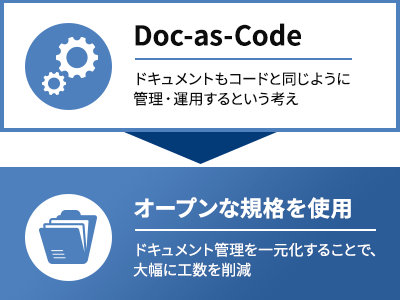
Data management tools and document formats themselves change over time.
By managing documents in an open standard text format, data can be transformed into assets in an environment that is friendly to IT engineers, and transitions can be smooth in line with changes in the times.

Based on the above idea, it can be said that managing documents with open-source solutions is more efficient, cost-effective, and easier to maintain than managing them within the system.
And it was precisely Jamstack that caught our attention as the ideal platform for IT companies.
We will introduce the strengths of Jamstack in upcoming columns.
The key points are speed, security, and low cost. Stay tuned!
Expansion of Jamstack Utilization Abroad
Jamstack is widely utilized overseas, and there are expectations for its future expansion.
Supported by the advantages of the Jamstack architecture, its unparalleled development methods, and tools, Jamstack has gained attention in recent years, with a remarkable increase in the number of sites adopting it.
While Jamstack cannot be said to be widely adopted in Japan yet, how is it overseas?
In fact, all indicators show that Jamstack is growing.
First, let's look at the usage rate of promising students.
Although this data is a bit old, in 2021, compared to 2020, the percentage of "students" by occupation increased from 9% to 16%, and the percentage of "less than 1 year" by years of experience increased from 4% to 13%. *Link to the first blog "What is Jamstack?" (https://www.science.co.jp/document_jamstack_blog/26198/)
And the increase in sites using Jamstack.
The usage rate of Jamstack on dynamic pages has increased from 57% last year to 65%!
While Jamstack is often recognized as a tool for creating static pages, it is becoming clear that it is being used for all types of site development.
In other words, the technical scope of what can be done with Jamstack is definitely expanding.
How about that?
We would be happy if you could understand a little about why we at Human Science are sharing information about Jamstack and want you to know about it.
In the upcoming columns, we will specifically introduce the benefits of Jamstack!
In fact, in what kind of environments is Jamstack being adopted overseas?
Here we introduce a case study of Bejamas, a development company from Poland, which is also a partner of our company.
Avenues, headquartered in NY, is a school that offers global education both online and in four locations around the world.
The site, aimed at students, was built on WordPress and has been in existence for over 6 years.
As a result, maintenance management became complicated.
Dmitry Terner, the website manager of Avenues, wanted a website that is smoother, faster, and comfortable to use on mobile devices.
We also wanted to reduce costs and maintain streamlined development.
Furthermore, we were looking for a simple CMS that can smoothly handle multiple languages.
Bejamas helped replace Wordpress with the latest web development architecture.
The stack used is as follows.
Gatsby as a static site generator, Storyblok as a content management tool, and Netlify as a hosting and CI/CD solution.
What were the results?
The above stack has clearly proven to be rational and cost-effective.
This is a comment from the aforementioned website manager.
"Bejamas is an excellent company with advanced knowledge of available Jamstack products, and they have recommended the Storyblok CMS, which we had not considered before. We seek such advice, accessibility, and expertise."
▼Case Studies Aiming for Better Education: Avenues Case Study
・https://www.science.co.jp/document_jamstack_blog/26512/

